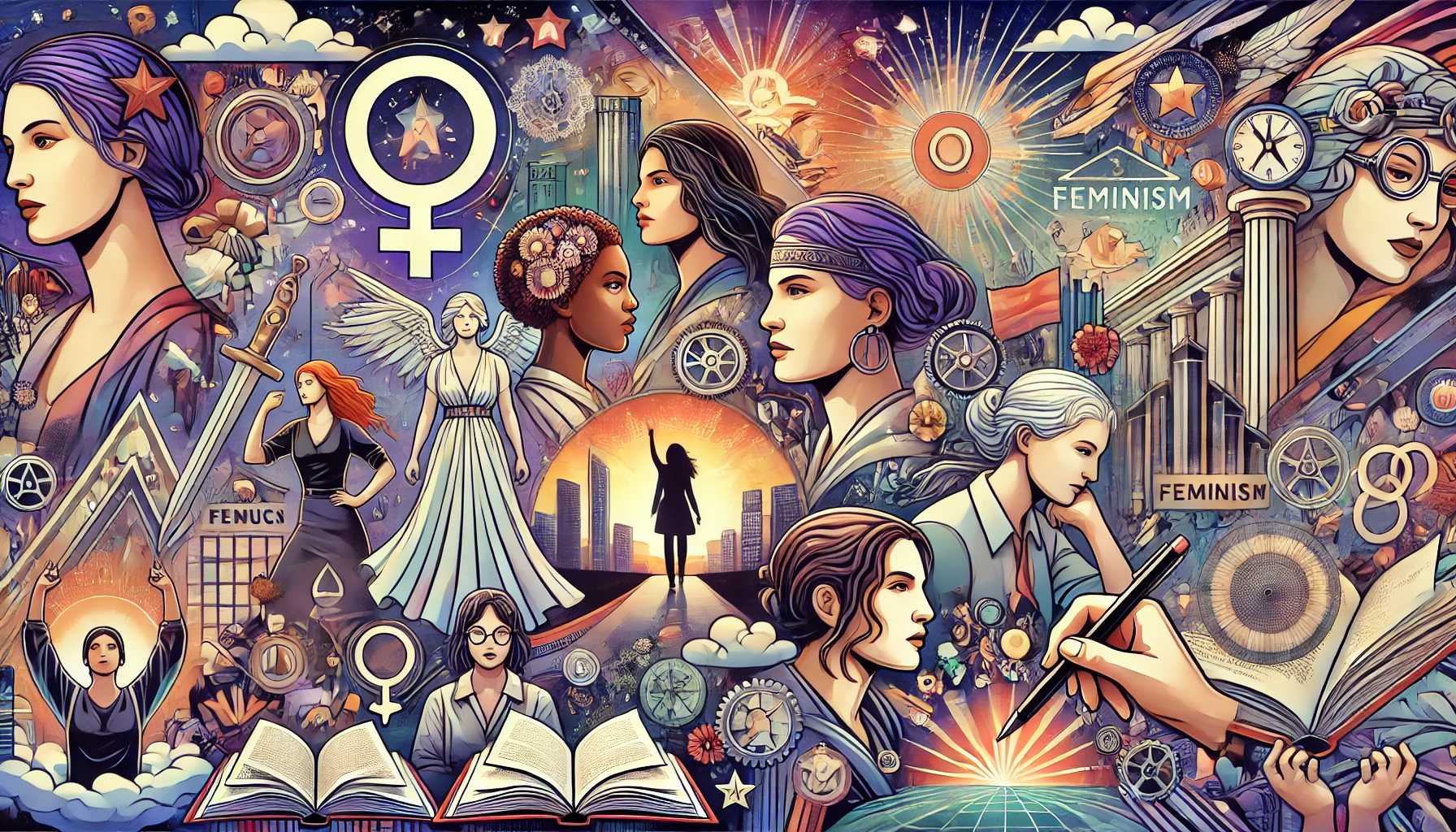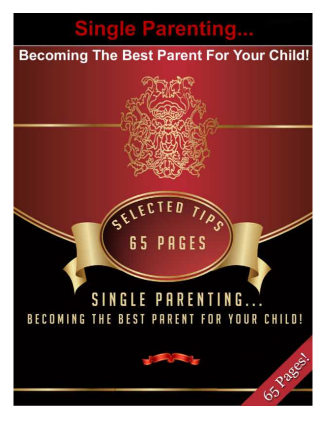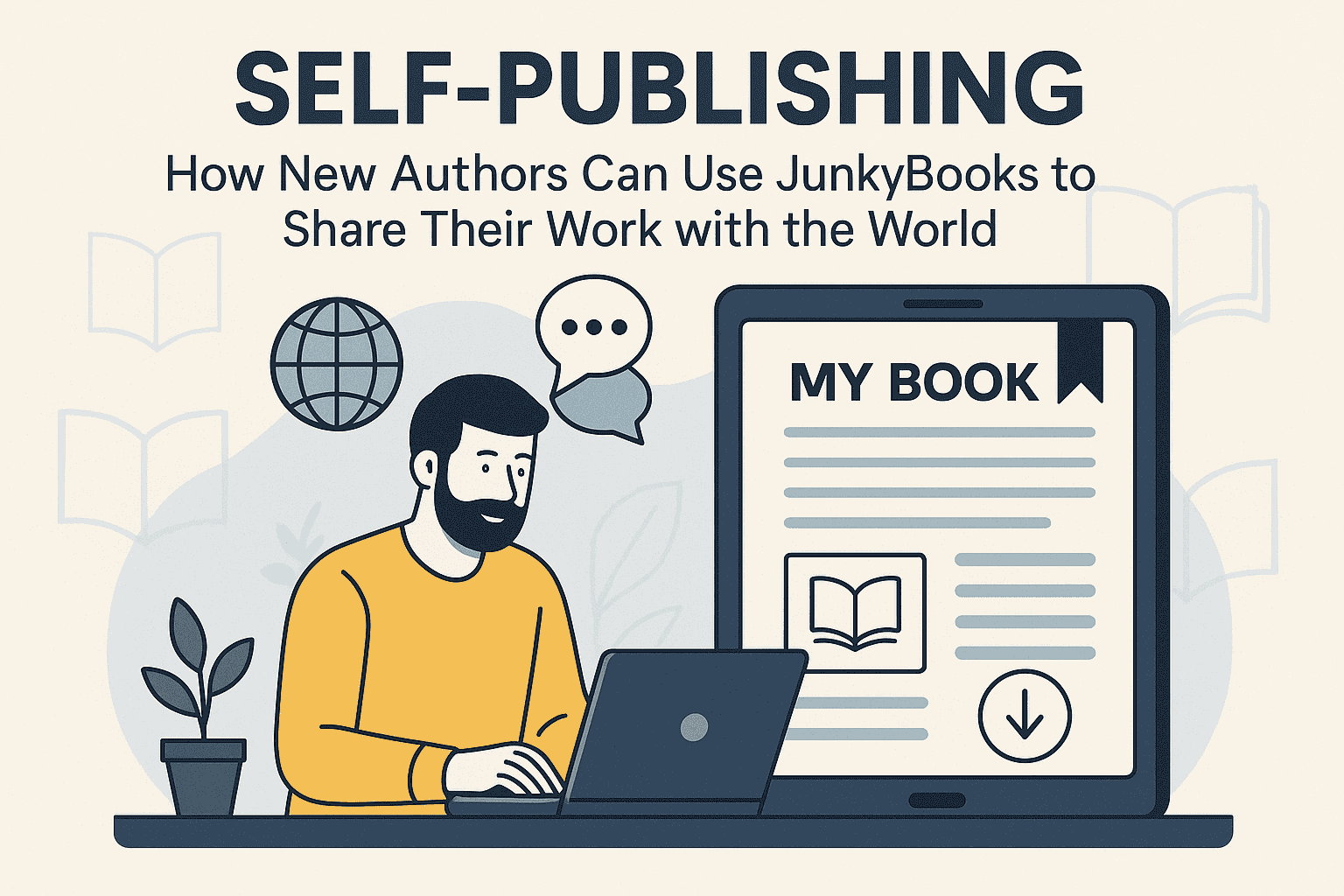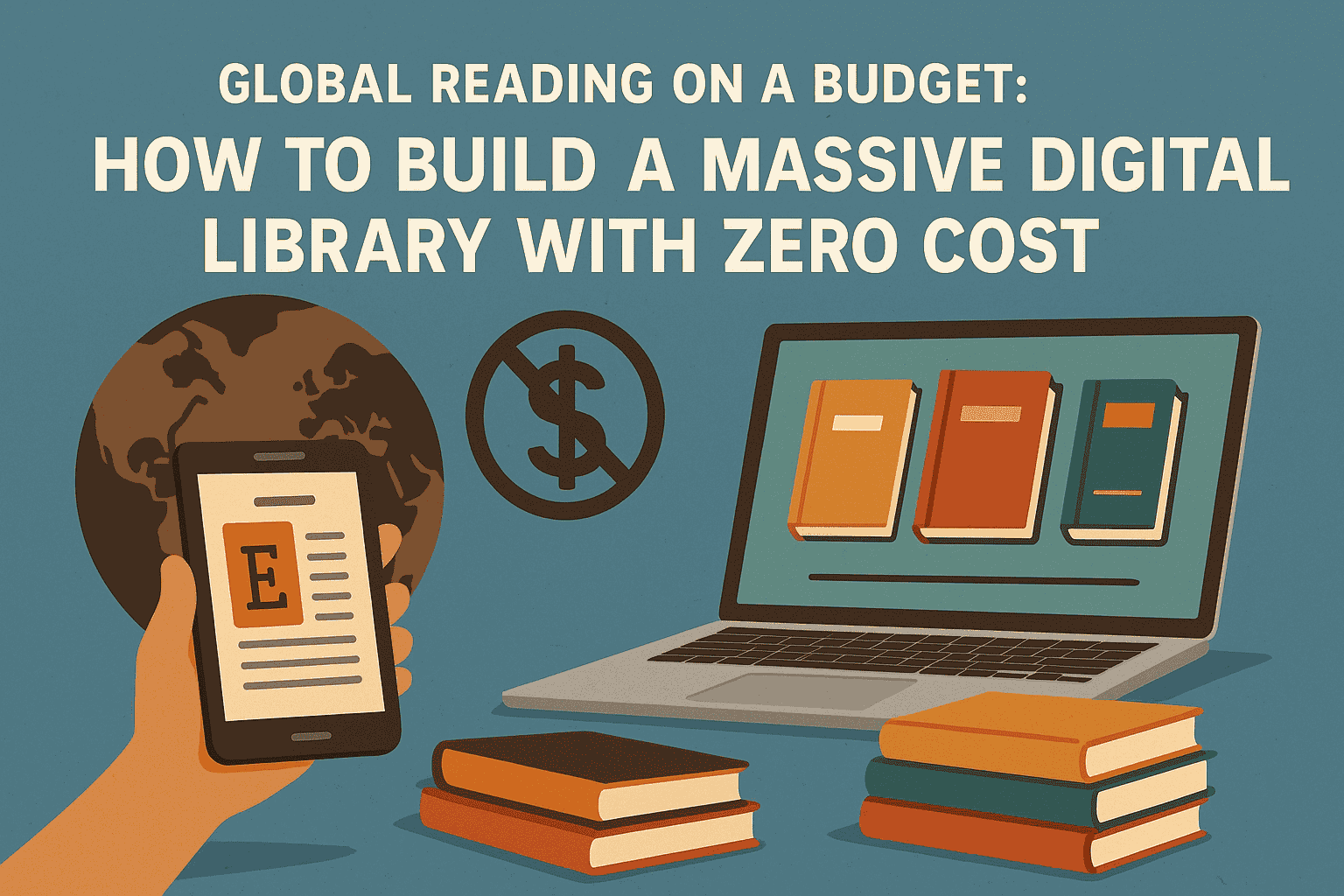Feminist Perspectives in Contemporary Literature
Feminist literature has evolved significantly over the decades, reflecting the ongoing struggles, triumphs, and complexities of women's experiences in society. Contemporary feminist literature not only critiques patriarchal structures and gender inequalities but also explores intersectionality, identity politics, and the diverse narratives of women worldwide. This blog post will explore the key themes, trends, and notable works that characterize feminist perspectives in contemporary literature.
Intersectionality and Diverse Narratives
1. Intersectionality: Contemporary feminist literature emphasizes intersectionality, a concept coined by Kimberlé Crenshaw, which recognizes that women's identities intersect with other social categories such as race, class, sexuality, and ability. Authors explore how these intersecting identities shape women's experiences of oppression and privilege differently.
Example: "The Color Purple" by Alice Walker explores the intersecting identities of race and gender through the experiences of African-American women in the early 20th century South.
2. Diverse Narratives: Feminist literature today embraces diverse narratives that challenge traditional stereotypes and amplify marginalized voices. Authors highlight the experiences of LGBTQ+ individuals, immigrants, women of color, and those from different cultural backgrounds, enriching the feminist discourse with intersectional perspectives.
Example: "Homegoing" by Yaa Gyasi traces the lineage of two half-sisters and their descendants through generations, exploring the impact of slavery and colonization on African women and their descendants.
Reclaiming Agency and Identity
1. Reclaiming Agency: Many contemporary feminist works focus on women reclaiming agency over their bodies, choices, and narratives in the face of societal expectations and patriarchal control. These narratives challenge the objectification and sexualization of women, advocating for bodily autonomy and empowerment.
Example: "The Handmaid's Tale" by Margaret Atwood imagines a dystopian future where women are reduced to reproductive vessels, prompting reflection on women's rights and bodily autonomy.
2. Identity and Authenticity: Authors explore themes of identity and authenticity, encouraging women to embrace their multifaceted identities and resist societal pressures to conform. These narratives celebrate individuality, self-discovery, and the complexities of navigating personal and cultural identities.
Example: "Americanah" by Chimamanda Ngozi Adichie follows a Nigerian woman's journey of self-discovery and identity as she navigates race, love, and migration in America and Nigeria.
Critique of Patriarchy and Gender Norms
1. Critique of Patriarchy: Contemporary feminist literature continues to critique patriarchal structures and gender norms that perpetuate inequality and restrict women's opportunities. Authors challenge traditional gender roles, norms of femininity, and systemic sexism in various spheres of life.
Example: "We Should All Be Feminists" by Chimamanda Ngozi Adichie is a manifesto based on her TED Talk, advocating for gender equality and questioning societal expectations placed on women and men.
2. Subversion of Tropes: Authors subvert literary and cultural tropes that perpetuate stereotypes and limited representations of women. They create nuanced, multidimensional female characters who defy expectations, challenge stereotypes, and assert their agency in unconventional ways.
Example: "The Power" by Naomi Alderman imagines a world where women develop the ability to generate electric shocks, challenging traditional power dynamics and exploring the consequences of gender-based power imbalances.
Activism and Social Change
1. Activism through Literature: Many contemporary feminist authors use literature as a platform for activism, raising awareness about gender-based violence, reproductive rights, economic inequality, and other pressing issues. Their works inspire dialogue, empathy, and action towards achieving gender justice.
Example: "Girls Burn Brighter" by Shobha Rao addresses themes of human trafficking and women's resilience, shedding light on the harsh realities faced by women in India and advocating for social change.
2. Global Feminisms: Feminist literature today transcends national boundaries, highlighting global issues and amplifying the voices of women from diverse cultural and geographical contexts. Authors contribute to a broader understanding of feminism as a global movement for social justice and equality.
Example: "The Ministry of Utmost Happiness" by Arundhati Roy intertwines the lives of marginalized women in India, addressing themes of gender violence, political resistance, and the quest for dignity.
Conclusion
In conclusion, contemporary feminist literature embodies a rich tapestry of narratives, perspectives, and critiques that challenge and redefine societal norms, gender roles, and power dynamics. Authors explore intersectionality, reclaim agency and identity, critique patriarchal systems, and advocate for social change through their compelling narratives and diverse characters. By amplifying marginalized voices, celebrating diversity, and advocating for gender justice, contemporary feminist literature continues to shape discourse, inspire activism, and pave the way towards a more inclusive and equitable world.
Through the lens of literature, readers gain insight into the complexities of women's experiences, confront systemic inequalities, and envision possibilities for a future where gender equality and social justice prevail. Contemporary feminist literature serves as a powerful catalyst for dialogue, empathy, and collective action in the ongoing pursuit of gender equality and human rights.







